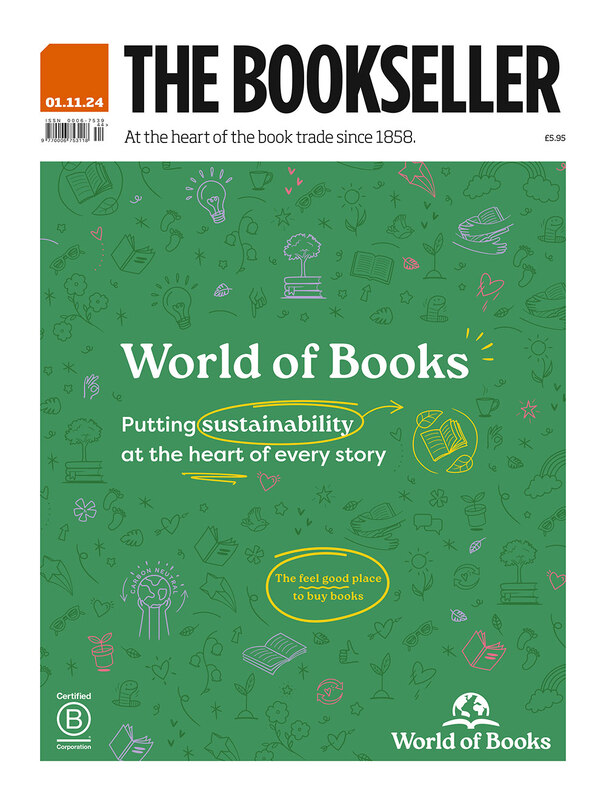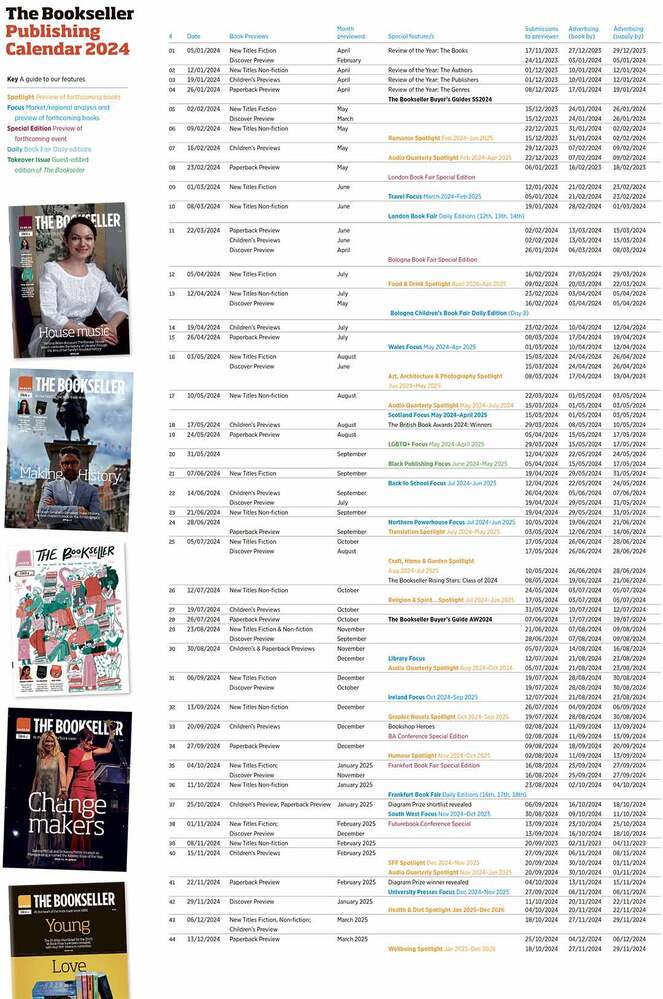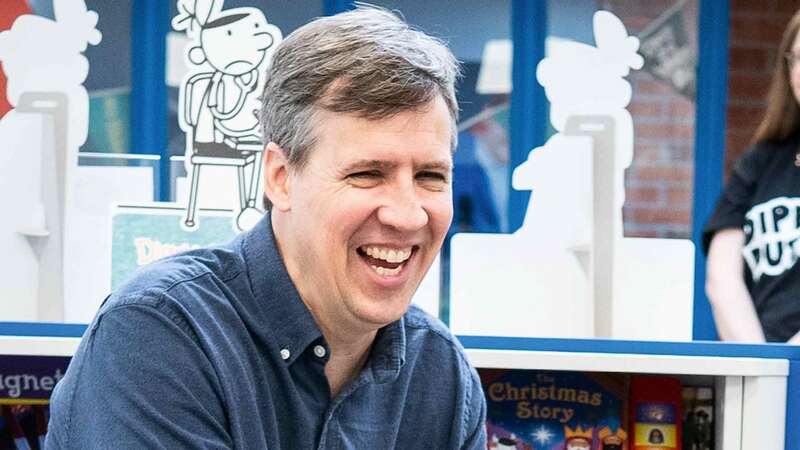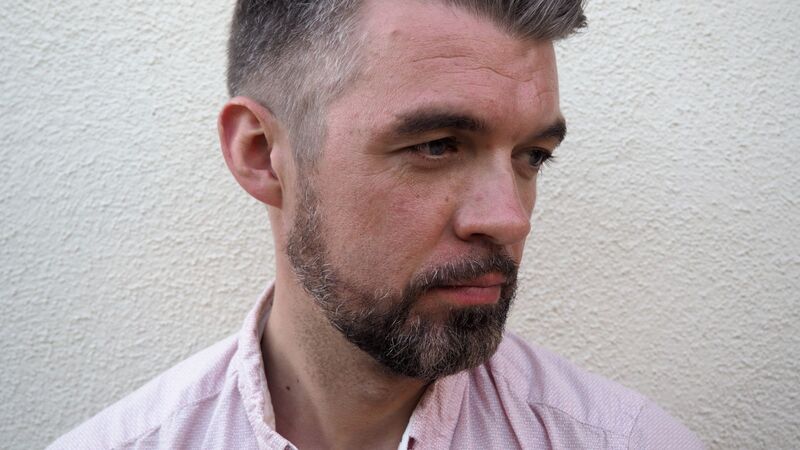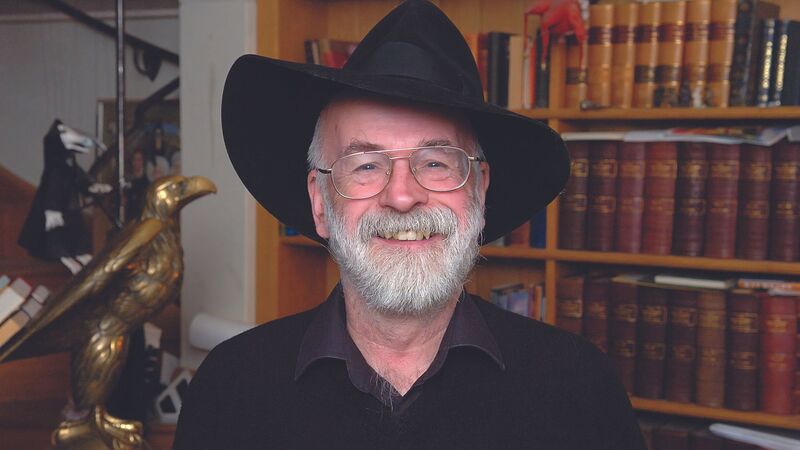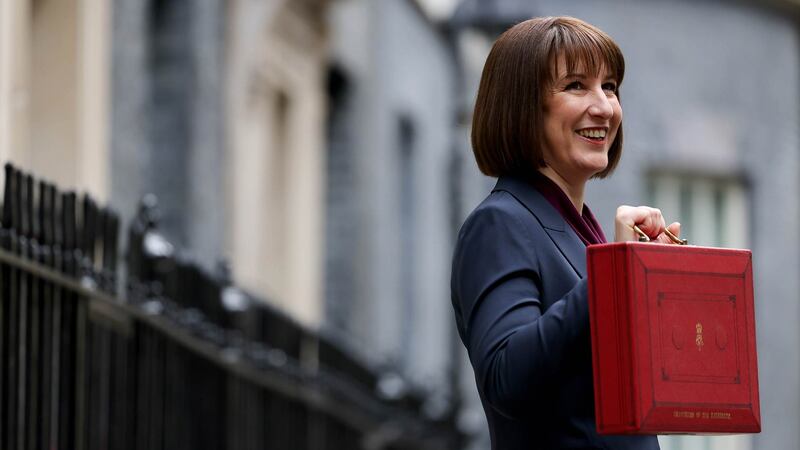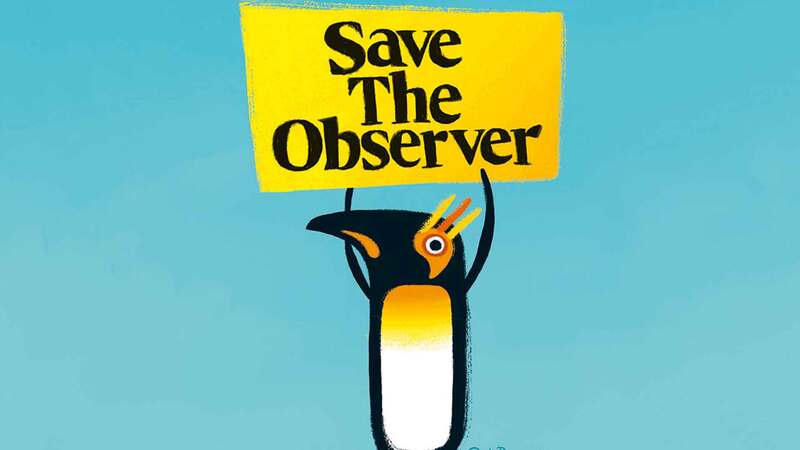You are viewing your 1 free article this month. Login to read more articles.
Printers relieved over Covid-19 bounceback but warn of autumn challenge
UK printing firms say the impact of Covid-19 on their business has not been as large as first feared but they have warned of further challenges as publishers gear up for a big autumn.
Both Clays and CPI Books furloughed at least half of their staff after the virus hit but managed to keep the presses running, maintaining a vital part of the supply chain and becoming unsung heroes of the trade when demand slumped as shops shut.
Paul Hulley, c.e.o of Clays, said his business saw a huge surge in demand during March with one “phenomenally busy” week seeing 4.5 million books produced - the kind of levels associated with December. That demand fell away in April, with around 50% of Clays staff furloughed, but business from online retailers such as Amazon kept things ticking over.
Since then, business has picked up again and, although Hulley warned he might have to furlough staff again this month, he said the prospects look good.
He said: “I have to say we barely noticed the Amazon restriction to essential goods only. Maybe that's because we're at the bottom end of the supply chain as it were. So there's always a little bit of timelag. But we didn't really see that. In the latter part of March, which is when Amazon were apparently restricting things to essential goods only, we were on fire with work. Then through April we were a bit quieter so we were furloughing people.
“Now it's picked up again a bit so we've been busy the last three weeks but, looking at our forward load and applying a little bit of data modelling to it, it would appear that June, which is never a terribly busy month anyway, is actually 60%-70% of our normal workload, which would probably be about right.”
“That's good," he said. “When you think back to when this first started some of the predictions were absolutely dire. We were modelling, 'OK, well, what does the business look like if we only have 25% of our normal workload for three or four months?' and the answers weren't great. So it's very good that hasn't happened.”
Over at CPI, staff took a 10% paycut at the start of the crisis, going up to 40% for senior management, and eventually around 60% of workers were furloughed.
Divisional m.d. Tanya Dunbar admitted the situation was “quite hairy” at the start. But she said: “Our customers massively came good with us. Our biggest four customers all agreed that they would support us and work with us even if they didn't need the books. I called all of them and said: 'We need a certain amount of volume going to the business to keep going, can you support us?', and they all went and spoke to their senior teams who said, 'Absolutely'. And it just gave us confidence that, if we needed to, we could get them to give us volume and hold the books for them until later in the year.”
“As it happens, I think Amazon started selling books [after the restriction period] much quicker than we all expected and at the end of the day we didn't need to do that. But it was just knowing that we had that safety net. It was a real testament actually to the relationship and our publishers seeing how key what we do is for them. It's been a bit of a scary journey but also quite uplifting.”
Both firms have had to introduce social distancing measures from the outset to keep going, but they say it does not mean overall capacity has been greatly reduced. That could be crucial, as so many publishers prepare to unleash a torrent of titles on the market during autumn.
Hulley said: “We've got a lot of flexibility in our workforce here. It might cost us more money, we might have to work more hours, we might have to work even more weekends than we normally do, but we are doing everything we can to be fully prepared for it.”
Clays is now recruiting more staff, ready to train them for the months ahead, and will also print titles early when manuscripts are available, though many frontlist titles will still be “fairly last minute”.
Hulley said: “Everybody understands the challenge and they have the same challenges themselves across in their own operations so we have been able to work very much in partnership with our customers on this and we'll just continue to do that through the rest of the year. That's great for all manner of obvious reasons, and means if we are going to hit any challenges we can be very upfront and very transparent in dealing with them as best we can.”
Dunbar said her company was also looking at printing some books earlier, perhaps printing an October release in the next month rather than six weeks ahead as was usual because the demand for autumn titles will be so high. She said: “Most of our publishers have moved books from April, May, June to later in the year and that's one of the conversations we're having with them. We're saying, 'With all the goodwill in the world, if you all put them in at the same time, there is really only us and Clays, so the capacity and the market is not going to be able to cope with them'. So we're looking with them and they've been really helpful and proactive about it, looking at where the manuscripts are ready and we can produce them earlier. Normally its all quite tight to publication. So we're spreading out the print capacity."
Like Hulley, she has been pleasantly surprised by how speedily things have turned around. She said: “There was a huge drop, but what I didn't expect was how quickly it actually started coming back. We're still not back to 100% but we've brought a lot of people back into the business and although the sales are down because obviously bricks and mortar shops haven't opened, our publishers are seeing an uplift now with supermarkets picking up as well. We're also seeing a lot of special sales coming through, box sets, which sell through the special sales outlets, so that's been quite strong as well. So we're not where we'd like to be but much better than I thought it would be at the very beginning.
“I think what we've seen is, if you step back from this, books are a pretty resilient product, they still have a place — certainly fiction and non-fiction trade books. And I think that's become very apparent, the strength of the physical product still even after many years of talking it down.”

